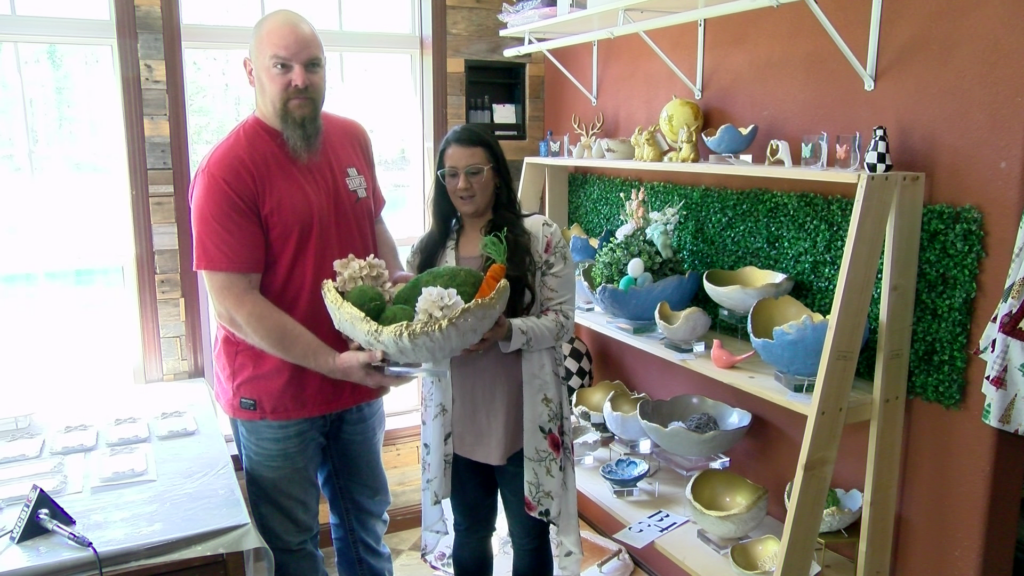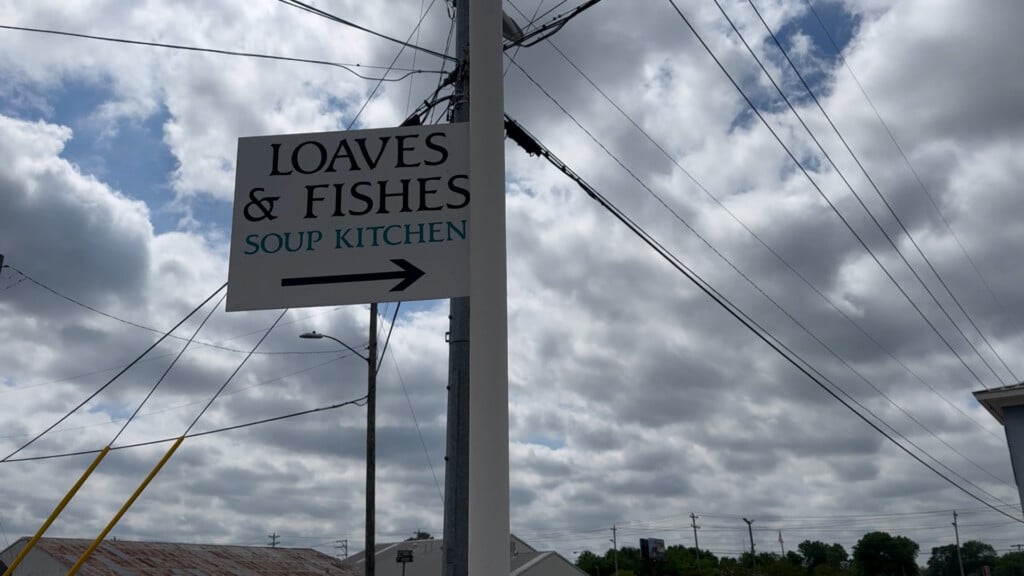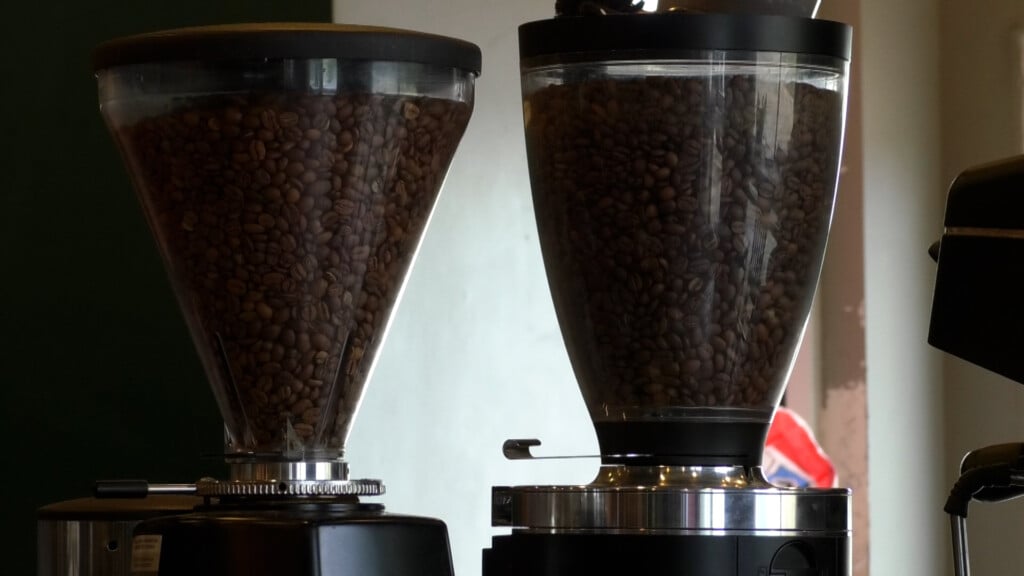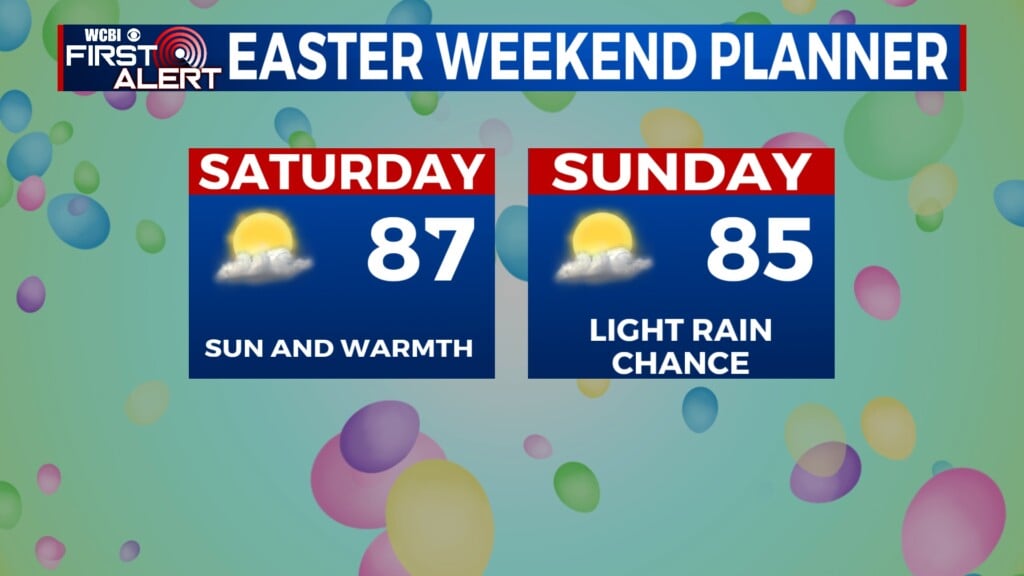WMUW to celebrates its 40th anniversary on the air
At 11 a.m. on Tuesday, Sept. 28th, WMUW will celebrate its 40th anniversary on the air.
COLUMBUS, Miss. — Avenged Sevenfold, Guy and Supertramp make unusual bedfellows.
Eric Harlan has grown quite comfortable living on the edge with eclectic partners in entertainment and education. In the last 30 years, Harlan has worked in nearly every capacity at WMUW 88.5 “The Edge” FM, Mississippi University for Women’s 1,000-watt radio station. In that time, Harlan has seen the station’s programming transition from a “classic rock” format to its current playlist of alternative rock, a “Hip Hop” blend of rap, blues, dance music, R&B and local music.
At 11 a.m. today (Tuesday, Sept. 28), WMUW will celebrate its 40th anniversary on the air. There’s no telling if Harlan or the students who program the playlists will feature Hunted, a heavy metal band from Norway, punk music from Australia, or rap from Nigeria, but listeners are bound to hear something they won’t get anywhere else.
“We are all over the road, but that is what we do and why we’re here,” said Harlan, whose affiliation with the radio station started in August 1991 as a faculty adviser in the Department of Communication. He now works as general manager, faculty adviser and chief engineer.
WMUW first went on the air Sept. 24, 1981, following a ribbon cutting ceremony at Cromwell Communication Center. It originally had an operating power of 980 watts and served a radius of approximately 30 miles. The playlist featured a blend of jazz, classical, popular and “Big Band” music and programming for news, sports, weather and public affairs. There also were segments that focused on news from The W, high school sports and the Columbus Air Force Base.
Harlan said the radio station played alternative rock when he served as faculty adviser and gradually shifted to grunge and bands like Nirvana and Pearl Jam. He said the format changed again after he received a visit from a student who said there was a diverse student body that was eager to hear more styles of music than just rock n’ roll. Harlan said he didn’t know why WMUW played what it played and that it gradually started to incorporate a broader spectrum of artists.
“We want to be different,” Harlan said. “We don’t want to sound like everybody else in town.”
Dale Jones has an integral role in executing that mission. Known as “The Hitman,” which he borrowed from Bret Hart, his favorite professional wrestler, Jones hosts “Prime Time with The Hitman” at 7 p.m. every Wednesday. His show features local artists of all genres and has helped solidify WMUW’s identity as the place to hear new music.
“WMUW has really worked hard to be a voice in and a spotlight for the local community,” said Jones, who is originally from Vernon, Alabama, and lives in Columbus. He attended The W from 2003-07 and majored in communication and minored in health and exercise science. “We are first to promote local festivals and charity events, and I personally try to make an appearance at said events so WMUW can be ‘hands on’ at such events and not just running an ad for it. Furthermore, the station provides and place for students to get hands-on experience in working in a communication setting and to contribute and give something back to their local community.”
WMUW’s ties to the community also weave through the campus. Chris Jenkins, The W’s longtime photographer/videographer, remembers listening to WMUW in the late 1980s when he was in high school. He said he knew DJs at the radio station who played incredible music and that one of them invited him to sit in on his shift in the summer of 1991.
“I was immediately hooked and eventually got my own show, playing mostly classic rock,” Jenkins said. “It was so much fun playing music for people and having listeners tell you, ‘Hey man, I really like your radio show!’”
The job for station engineer at WMUW came open about three months after Jenkins graduated from East Mississippi Community College in May 1992. He worked in that position for about a year as station engineer and then transitioned to the station manager from 1992-94.
“It was an amazing time to work at a college radio station,” Jenkins said. “Bands like Blind Melon, Pearl Jam, Soundgarden, Alice in Chains and Nirvana all started and got very big around that time and changed music at a time when music desperately needed a breath of fresh air. All of the DJs were volunteers, and we really didn’t follow a specific format, so we had shows with different genres of music all the time: blues shows with the late Joe Garrison, bluegrass shows, metal shows, my classic rock show, Professor Van Roberts’ instrumental/electronic music show. We had something for everyone. I eventually started doing video and then still photography and moved to Public Affairs in 1998. I owe my entire career to that little 1,000-watt radio station.”
Dr. Martin Hatton, dean of the School of Education, and Alisen Reed, an administrative assistant in the Office of Student Affairs, also have longstanding ties to WMUW. Hatton, who served as program director in 1987, had a show with Mark McCrary, a friend from high school who became the cartoonist/graphic artist for University Relations, and a show with Keith Wood, another friend from high school, on Sunday afternoons. Reed had two shows on WMUW. The first was “What’s the 411?” and was with her roommate from freshman year. It focused on pop culture topics and featured pop music. Reed then teamed with Kelly Benford and Jessie Smith to join their show, “GirlTalk.”
“We used to invite our friends to the show to have group discussions about controversial topics and also give uplifting advice to our listeners,” Reed said. “We played a lot of R&B and rap. We used our social media platforms to encourage people to listen. We even made a Facebook page to go live during our shows for people who couldn’t listen on the radio. It was probably one of my favorite experiences as a communication student, especially to do it with my friends.”
Harlan said that “human touch” has helped radio endure all of the changes to the music industry and technology. He said the industry is going through what movie theaters experienced when television first came out and were forced to change. Harlan said WMUW is adapting, too. Even though WMUW is still using the same transmitter it had when it went on air, Harlan said the university recently purchased a new transmitter that will go live when repairs are completed to Cromwell Communication Center.
That transmitter will help WMUW keep pace with its competition, even if no one has heard of Avenged Sevenfold, a heavy metal band from Huntington Beach, California; Guy, an American Hip Hop, R&B and soul group founded by Teddy Riley; or Supertramp, a progressive English rock band formed in 1969. Since WMUW is a learning lab for the Department of Communication, Harlan said it doesn’t matter how the station does ratings wise. Still, though, he said WMUW was tied for No. 3 in the last ratings book, which shows its “on-the-edge” programming is serving and reaching its niche in Lowndes County, up to outskirts of Amory, out to Noxubee County, over to West Alabama and out to Starkville.
“I am proud of our community service and everyone who has come through and graduated and that we launched the careers of a lot of really talented people,” Harlan said. “Even if they didn’t go into communication or media, still being in the studio on the air, it is all on you. If you can handle that, things later on down the line won’t be as intimidating.
“We’re going to keep doing what we’re doing. I don’t think terrestrial radio is going away completely, but we’re going to have to compete harder with satellite radio and online music sources, so we’re going to have to up our game to stay relevant.
“I hope the students and their peers will continue to help the radio station thrive. These folks are the future, so we want to make sure their voices are heard. That is why we’re here.”




